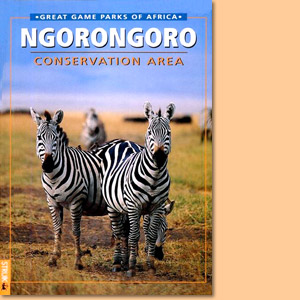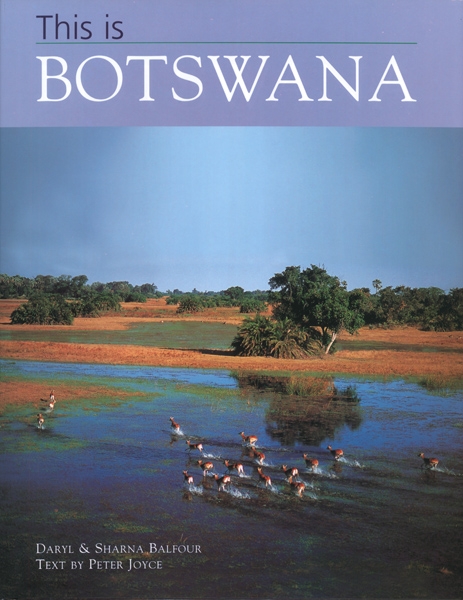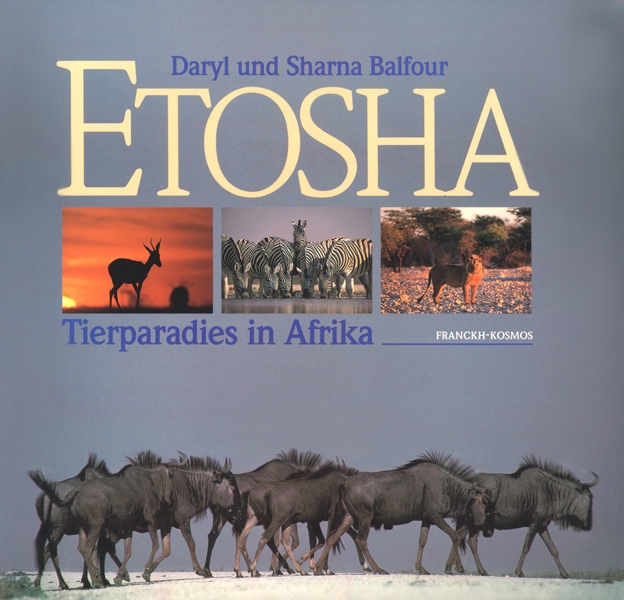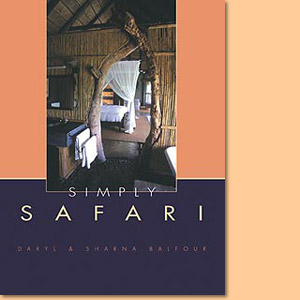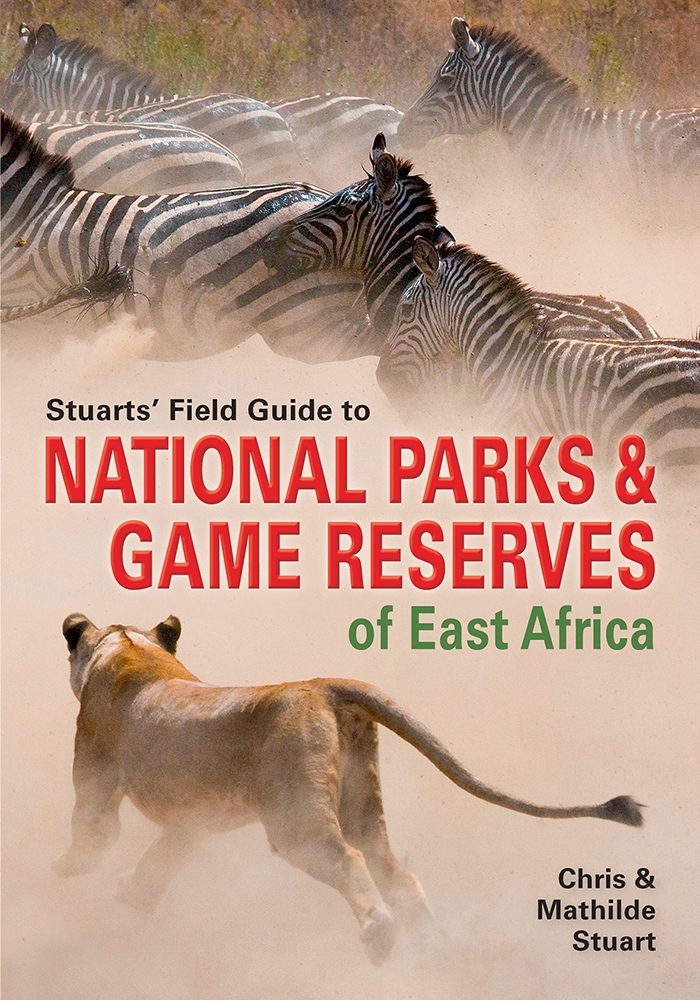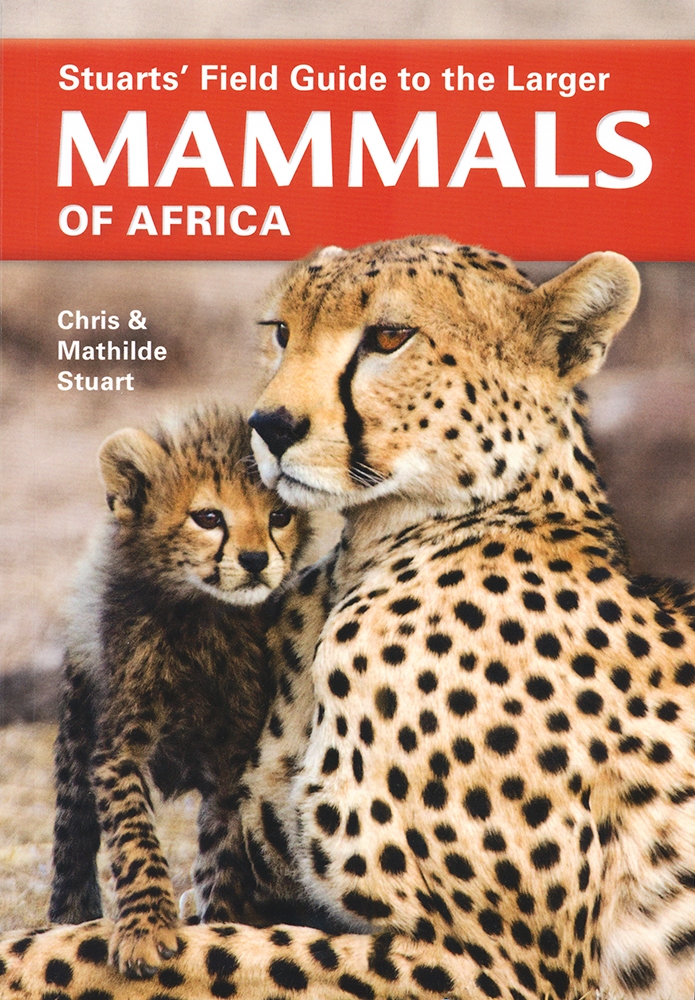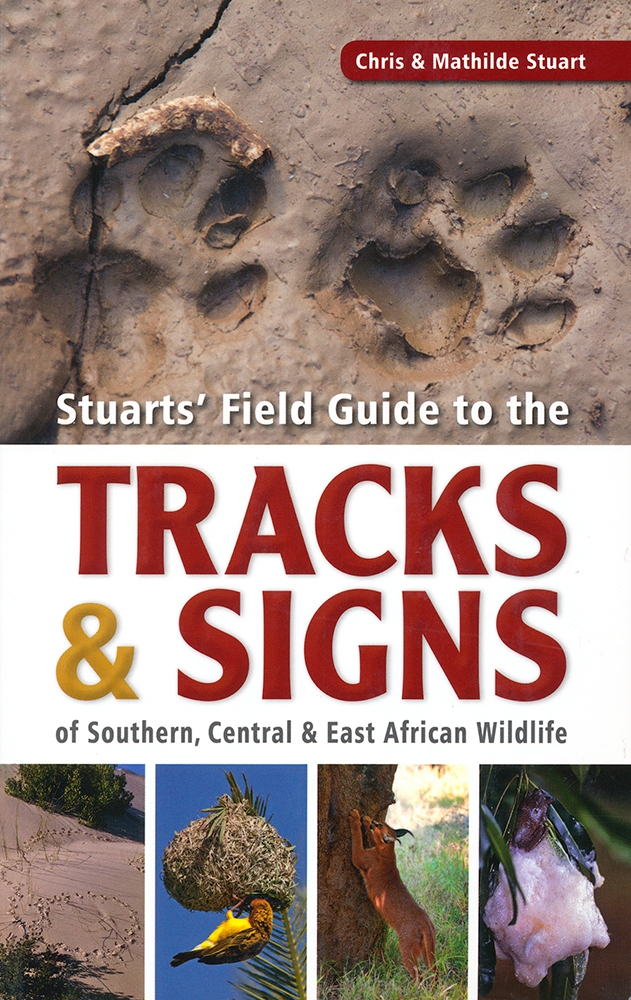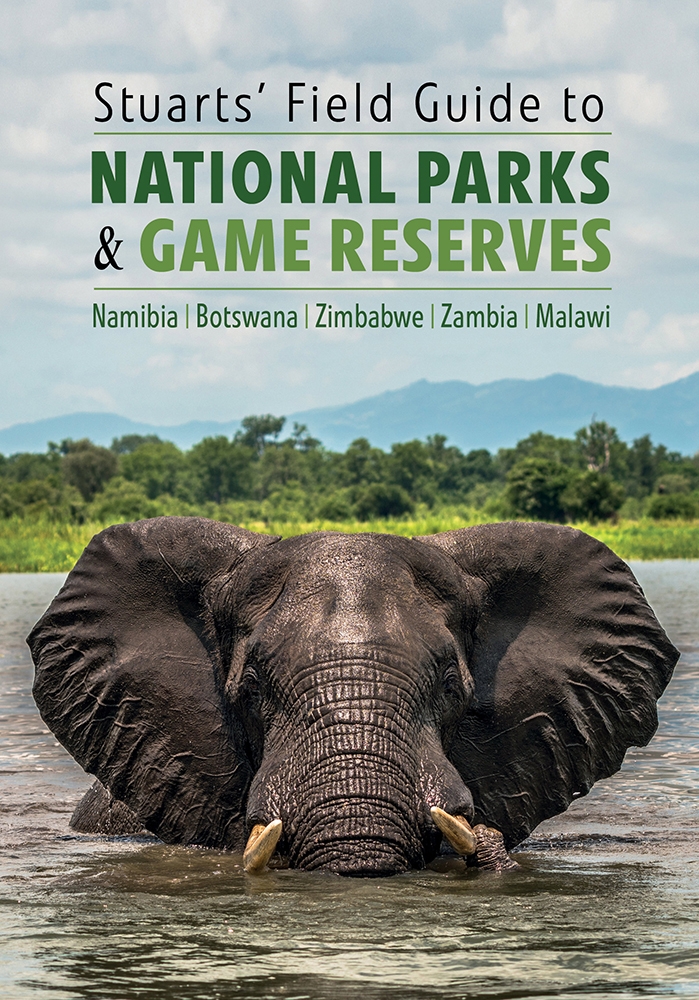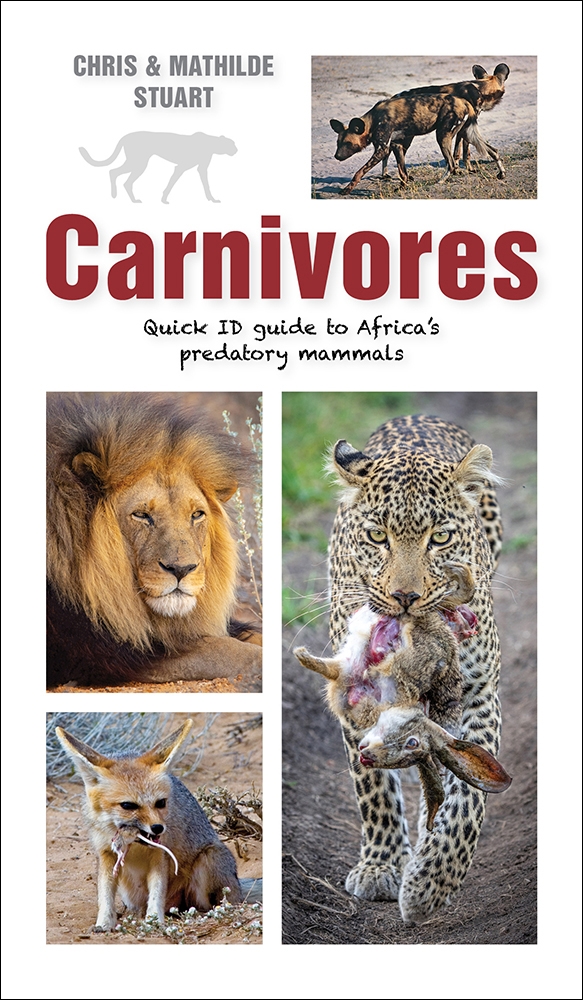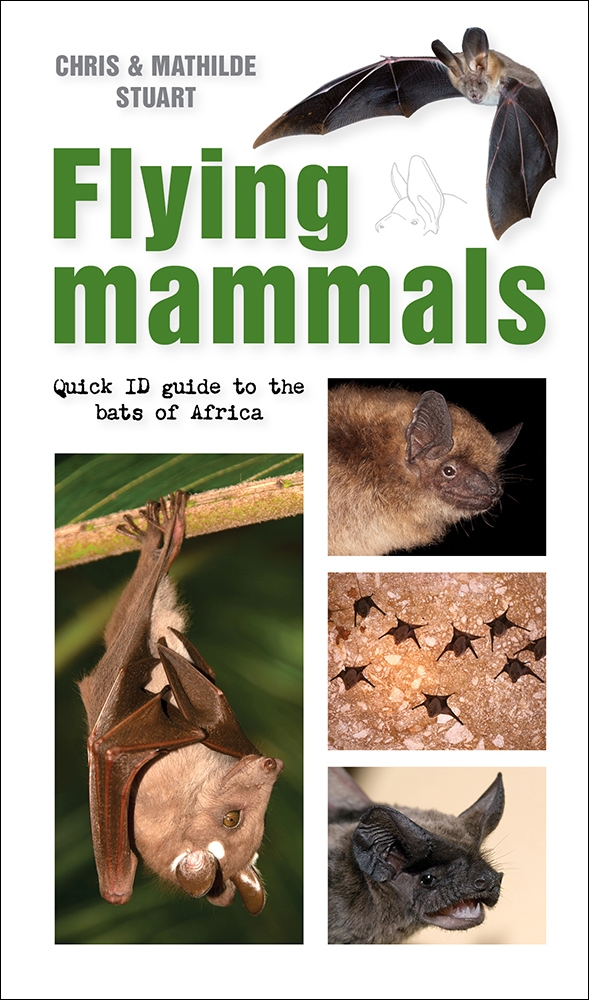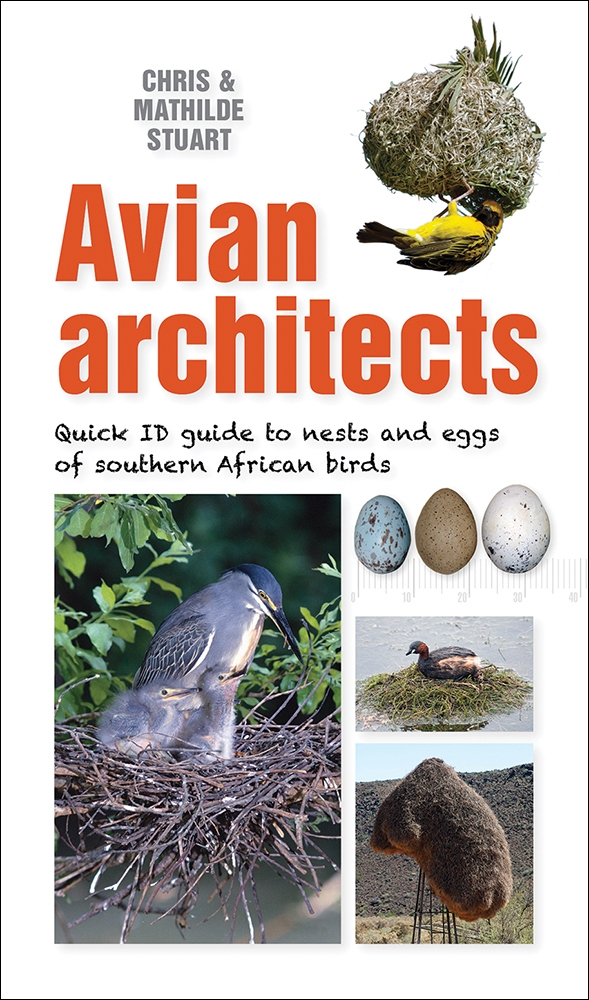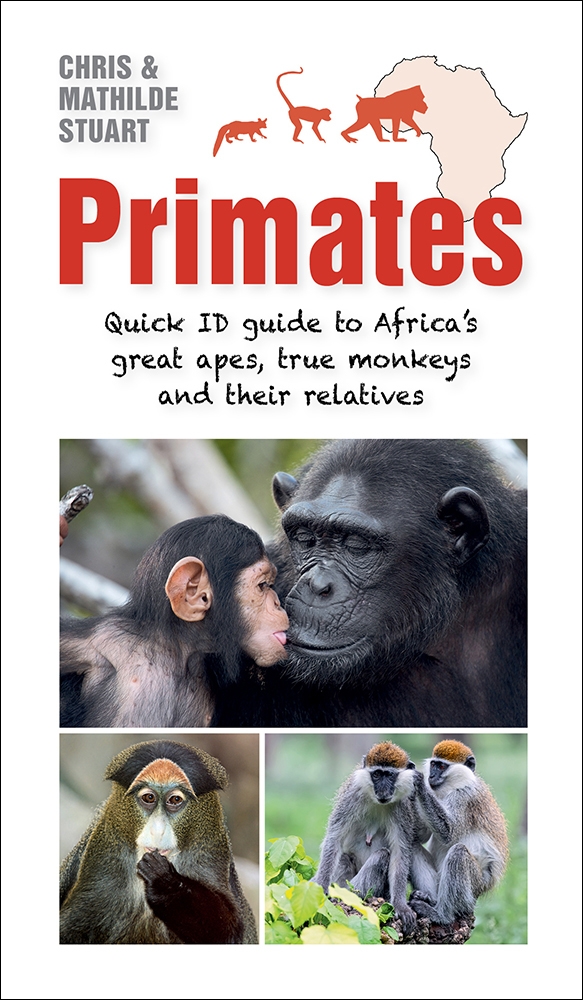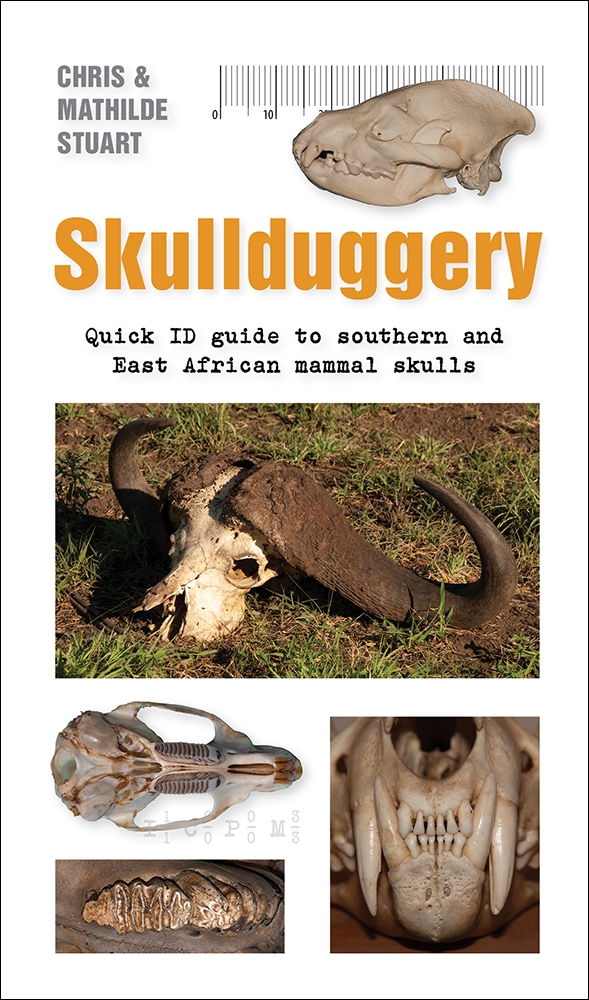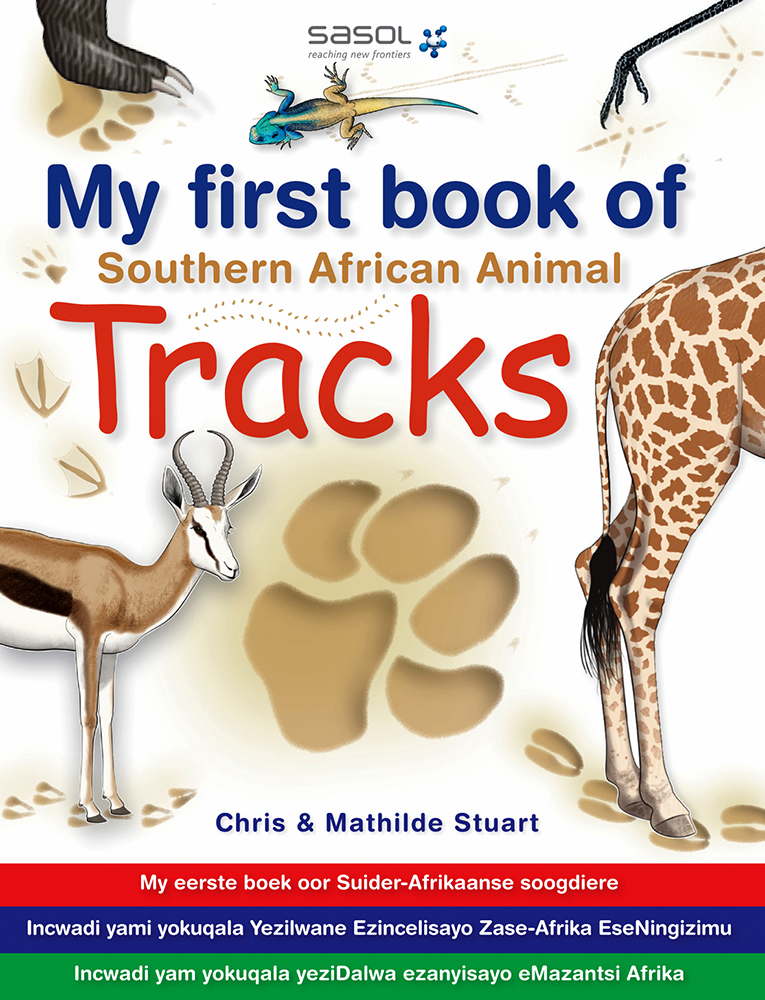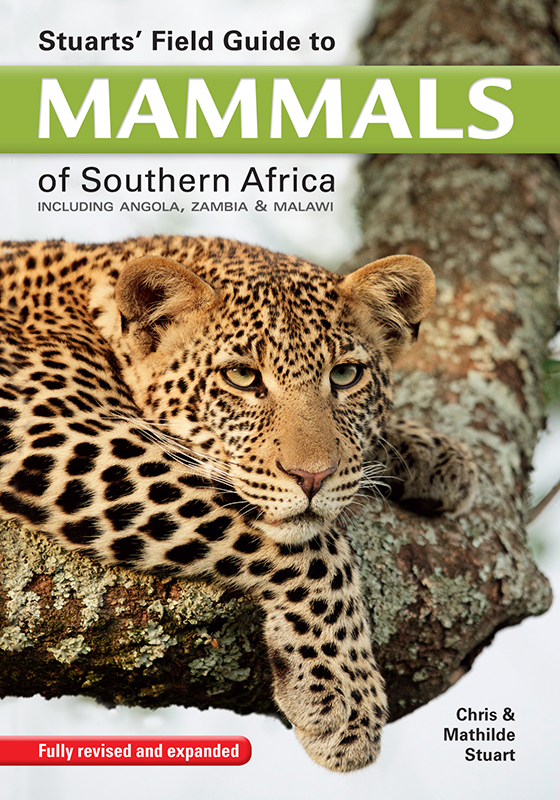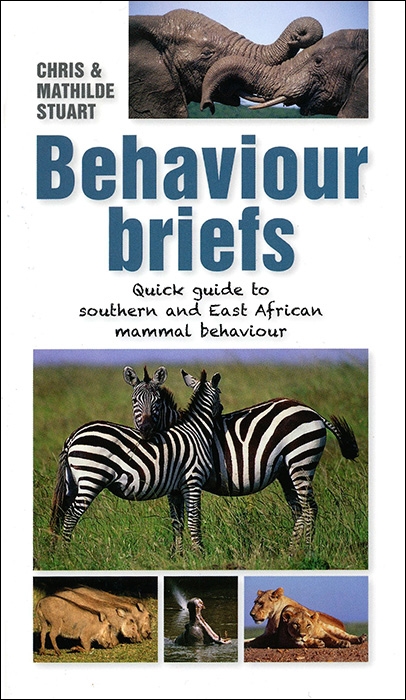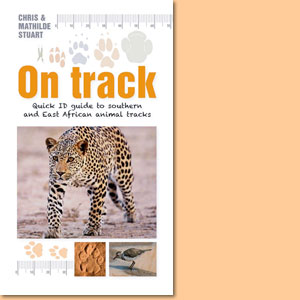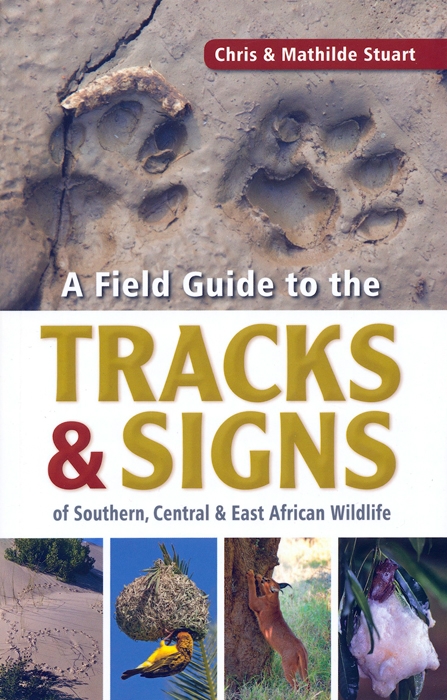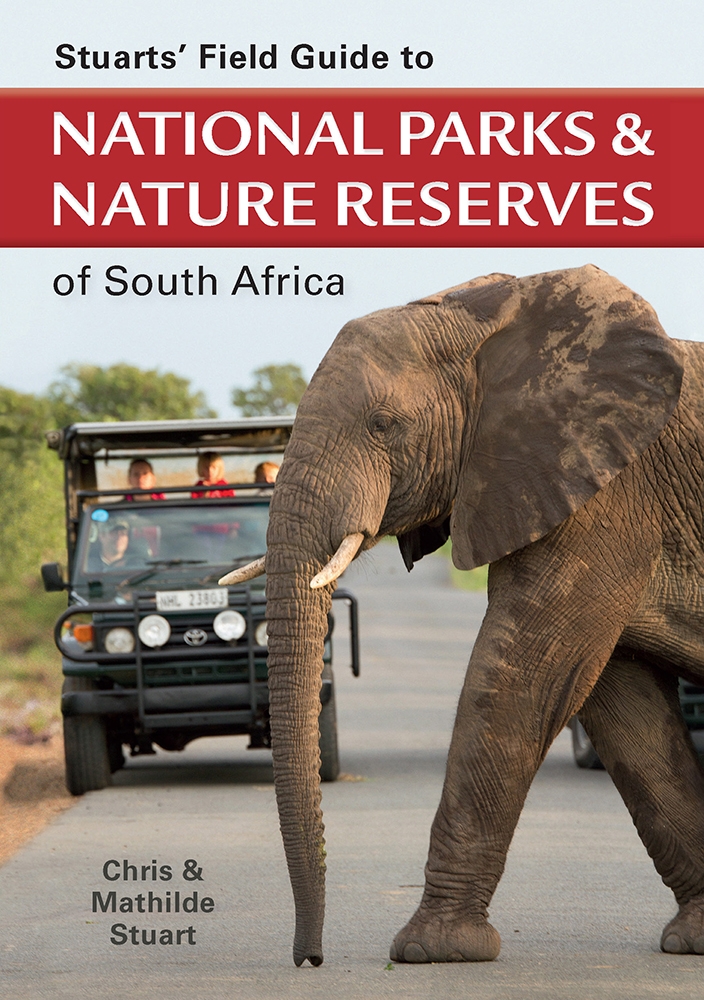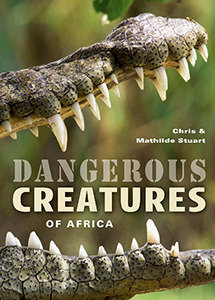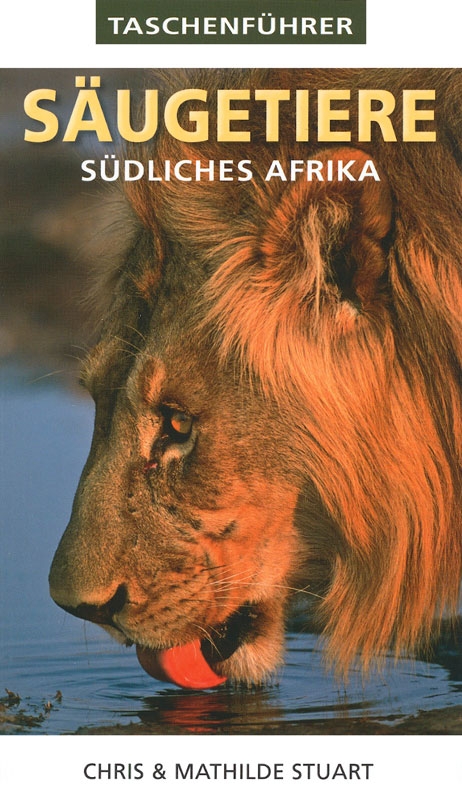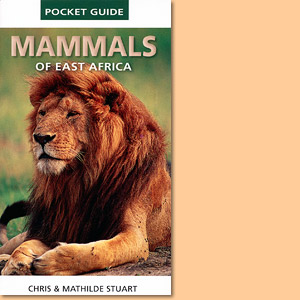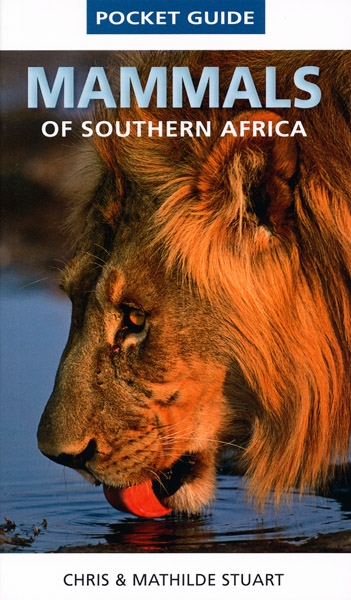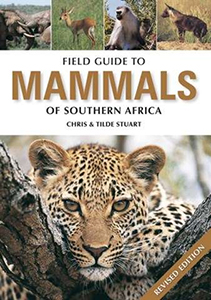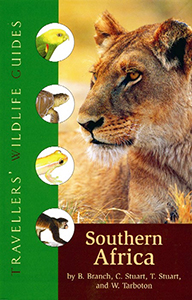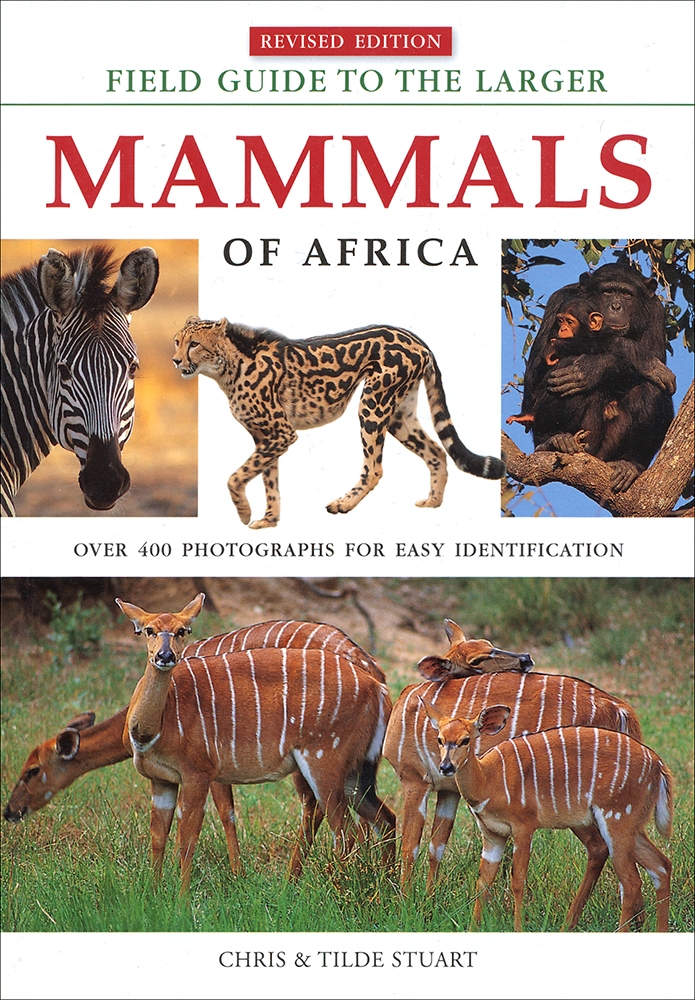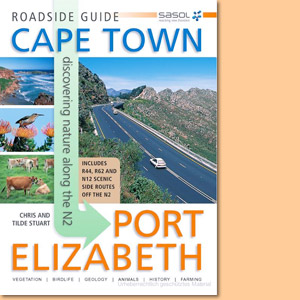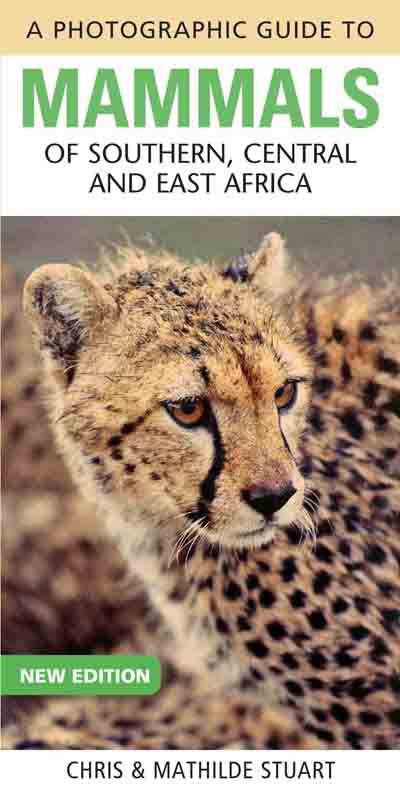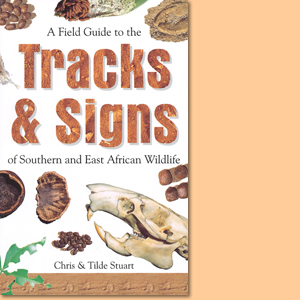Ngorongoro Conservation Area, by Chris Stuart, Tilde Stuart and Daryl Balfour
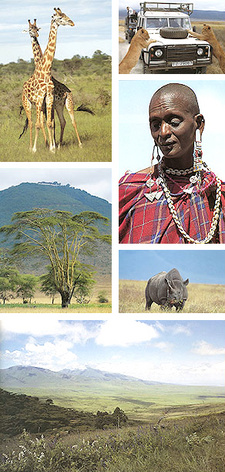
Ngorongoro Conservation Area, by Chris Stuart, Tilde Stuart and Daryl Balfour. ISBN 1868728641 / ISBN 1-86872-864-1
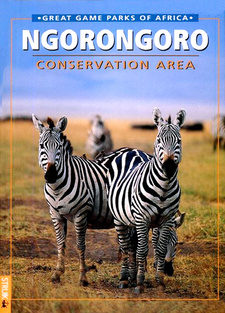
Ngorongoro Conservation Area. ISBN 1868728641 / ISBN 1-86872-864-1
Chris and Tilde Stuart are best known for their various mammal field guides, but also for numerous other titles they have written on the natural environment of Africa. Together with photographer Daryl Balfour they wrote this guide to the Ngorongoro Conservation Area.
Chris Stuart Tilde Stuart Daryl Balfour
The beginnings of Ngorongoro Conservation Area:
Located within the crater highlands of northern Tanzania, the Ngorongoro onservation Area forms part of what is known as the Serengeti-Ngorongoro-Masai Mara ecosystem. It’s eastern boundary is formed by the western wall of the Great Rift Valley while its western boundary adjoins the world-famous Serengeti National Park. To the east lie Mount Kilimanjaro, Africa's highest mountain, and Mount Meru, and to the west Lake Victoria. Geologically speaking, the landscapes of the Ngorongoro Conservation Area are a combination of both ancient and modern geological processes. The 0l Doinyo Gol mountains and the gneiss and granite outcrops scattered across the Serengeti Plain originated several hundred million years ago. Some 20 million years ago the eastern side of Africa started to crack and rift, causing the land between the rifts to subside. This resulted in the earth's crust gradually thinning and softening, allowing molten materials to thrust to the surface and form lava beds and, later, volcanoes. Within the Ngorongoro area the oldest volcanoes - Lemagrut, Sadiman, Oldeani, Ngorongoro, Olmoti, Sirua, Lolmalasin and Empakaai - were formed along the Eyasi Rift, which now forms the towering cliffs at Lake Eyasi. In the north the rift separates the 0l Doinyo Gol mountains from the Salei Plains, but much of the early rift is now obscured by lava. It is believed that Ngorongoro once rivalled Kilimanjaro in size. The lava that filled the volcano formed a solid 'lid' which subsequently collapsed when the molten rock subsided, forming the caldera that we see today. Both Olmoti and Empakaai collapsed in a similar manner but are not as immense as Ngorongoro. Two volcanoes of more recent origin, Kerimasi and 0l Doinyo Lengai, were formed along the Gregory Rift and lie to the northeast of the Empakaai caldera. 0l Doinyo Lengai, the Maasai's 'mountain of God', is still active - its most recent eruption took place in 1983. The vast quantities of ash produced by the volcanoes have had two principal benefits: fertile soils for crop production outside the Ngorongoro Conservation Area and the maintenance of the rich savanna grasslands that support the largest ungulate herds in the world. A third and invaluable benefit has been the preservation of an important fossil treasure-trove that has enabled archaeologists and palaeontologists alike to develop a better understanding of the origins of modem man and the creatures that inhabited this part of the world, particularly at Olduvai Gorge and Laetoli. By two million years ago much of the landscape of the Ngorongoro Conservation Area had been formed but ongoing erosion and deposition continue to shape the earth's surface.
This is an excerpt from the book: Ngorongoro Conservation Area, by Chris Stuart, Tilde Stuart and Daryl Balfour.
Title: Ngorongoro Conservation Area
Authors: Chris Stuart; Tilde Stuart; Daryl Balfour
Publisher: Struik Publishers
Cape Town, South Africa 2003
ISBN 1868728641 / ISBN 1-86872-864-1
Softcover, 25x30 cm, 48 pages, throughout colour photos
Stuart, Chris und Stuart, Tilde und Balfour, Daryl im Namibiana-Buchangebot
Ngorongoro Conservation Area
From the series 'Great Game Parks of Africa' this is a portrait of the Ngorongoro Conservation Area.
This is Botswana
This is Botswana is a book for both the browser and the traveller, serving as a useful und beatiful introduction.
Etosha: Tierparadies in Afrika
Handlungsreiche Fotografien seltener Tiere und erstaunlicher Landschaften schufen ein eindrucksvolles Bild dieses einmaligen Tierparadieses Etosha.
Simply Safari
Simply Safari features the most appealing examples of Southern African distinctive retreats and provides decorating inspiration.
Stuart's Field Guide to National Parks and Game Reserves of East Africa
Stuart's Field Guide to National Parks and Game Reserves of East Africa provides an overview of some 58 protected areas across East Africa.
Stuarts’ Field Guide to the Larger Mammals of Africa
Stuarts’ Field Guide to the Larger Mammals of Africa concentrates on the more visible and easily distinguished larger species.
Stuarts' Field Guide to the Tracks & Signs of Southern, Central and East African Wildlife
Stuarts' Field Guide to the Tracks & Signs of Southern, Central and East African Wildlife, this is the 5th revised edition.
Stuarts' Field Guide to National Parks and Nature Reserves of Namibia, Botswana, Zimbabwe and Zambia
Stuarts' Field Guide to National Parks and Nature Reserves of Namibia, Botswana, Zimbabwe and Zambia.
Carnivores: Quick ID guide to Africa's predatory mammals
Carnivores: Quick ID guide is a compact and quick ID identification guide to Africa's predatory mammals.
Flying Mammals Quick ID guide to the bats of Africa
Flying Mammals Quick ID is a compact and quick ID identification guide to the bats of Africa.
Avian Architects: Quick ID guide to nests and eggs of southern African birds
Avian Architects: Quick ID is a compact and quick ID identification guide to nests and eggs of southern African birds.
Primates: Quick ID guide to Africa's great apes, true monkeys and their relatives
Primates Quick ID is a compact and quick ID identification guide to Africa's great apes, true monkeys and their relatives.
Skullduggery: Quick ID guide to southern and East African mammal skulls
Skullduggery is a compact and quick ID identification guide to skulls of southern and East African mammals.
My first book of Southern African animal tracks
My first book of Southern African Animal Tracks introduces 55 different types of animals and their footprints.
Stuarts' Field Guide to Mammals of Southern Africa
Stuart's Field Guide to Mammals of Southern Africa covers near to 400 mammal species including Angola, Zambia and Malawi since the 5th edition of 2015.
Behaviour briefs: Quick guide to southern and East African animal behaviour
Why do they do that and what next? Behaviour briefs is a quick guide to southern and East African animal behaviour.
On Track: Quick ID Guide to Southern and East African Animal Tracks
On Track is a quick identification guide to tracks of Southern and East African most commonly found mammals, reptiles, rodents, birds and insects.
A Field Guide to the Tracks & Signs of Southern, Central and East African Wildlife
Latest edition of A Field Guide to the Tracks & Signs of Southern, Central and East African Wildlife.
Stuarts' Field Guide to National Parks and Nature Reserves of South Africa
Stuarts' Field Guide to National Parks and Nature Reserves of South Africa offers a comprehensive overview of 43 parks, reserves and wilderness areas.
Dangerous creatures of Africa
The focus of Dangerous creatures of Africa is on understanding, identifying, avoiding and surviving these potential hazards of the African wilds.
Taschenführer: Säugetiere, Südliches Afrika
Der Taschenführer Säugetiere: Südliches Afrika, legt seinen Schwerpunkt auf die größeren, öfter gesehenen Tierarten, schließt allerdings auch einige ungewöhnliche Arten ein.
Mammals Of East Africa Pocket Guide
Mammals Of East Africa Pocket Guide covers all of the common and some of the less common mammal species.
Mammals of Southern Africa Pocket Guide
Authoritative and colourfully illustrated, Mammals of Southern Africa Pocket Guide offers concise information.
Field Guide to Mammals of Southern Africa
A total of 337 species are covered in this fully revised comprehensive field guide to mammals of Southern Africa.
Traveller's Wildlife Guide Southern Africa
Traveller's Wildlife Guide Southern Africa introduces 500 of Southern Africa’s most common amphibians, reptiles, birds, and mammals.
Field Guide to the Larger Mammals of Africa
Field Guide to the Larger Mammals of Africa provides over 400 colour photos, with concise, pertinent information highlighting the diagnostic features of each species.
Sasol Roadside Guide. Cape Town-Port Elizabeth: Discovering Nature Along the N2
The Sasol Roadside Guide Cape Town-Port Elizabeth: Discovering Nature Along the N2 interprets the surrounding countryside - plants, birds, mammals, reptiles, agriculture, geology.
A Photographic Guide to Mammals of Southern, Central and East Africa
A Photographic Guide to Mammals of Southern, Central and East Africa introduces 152 mammal species of each family group.
Field Guide to Tracks and Signs of Southern and East African Wildlife
Related to Southern African and East African Wildlife, this great field guide is about their tracks and signs, like droppings, feeding signs, scent marks and others.

